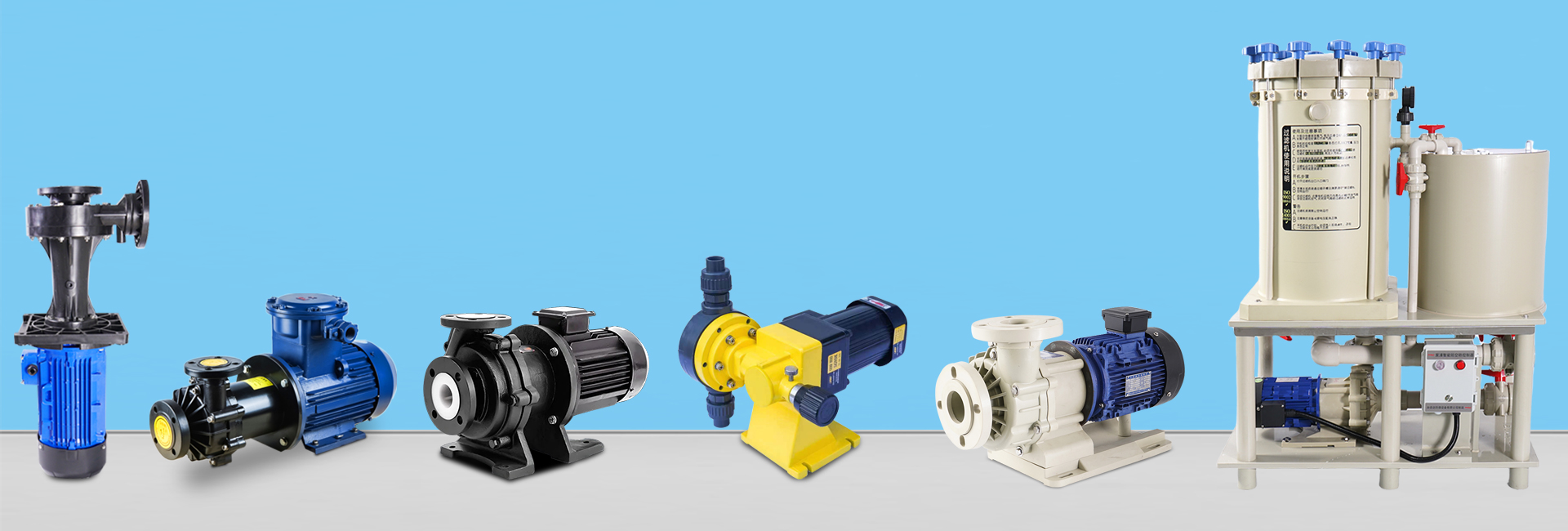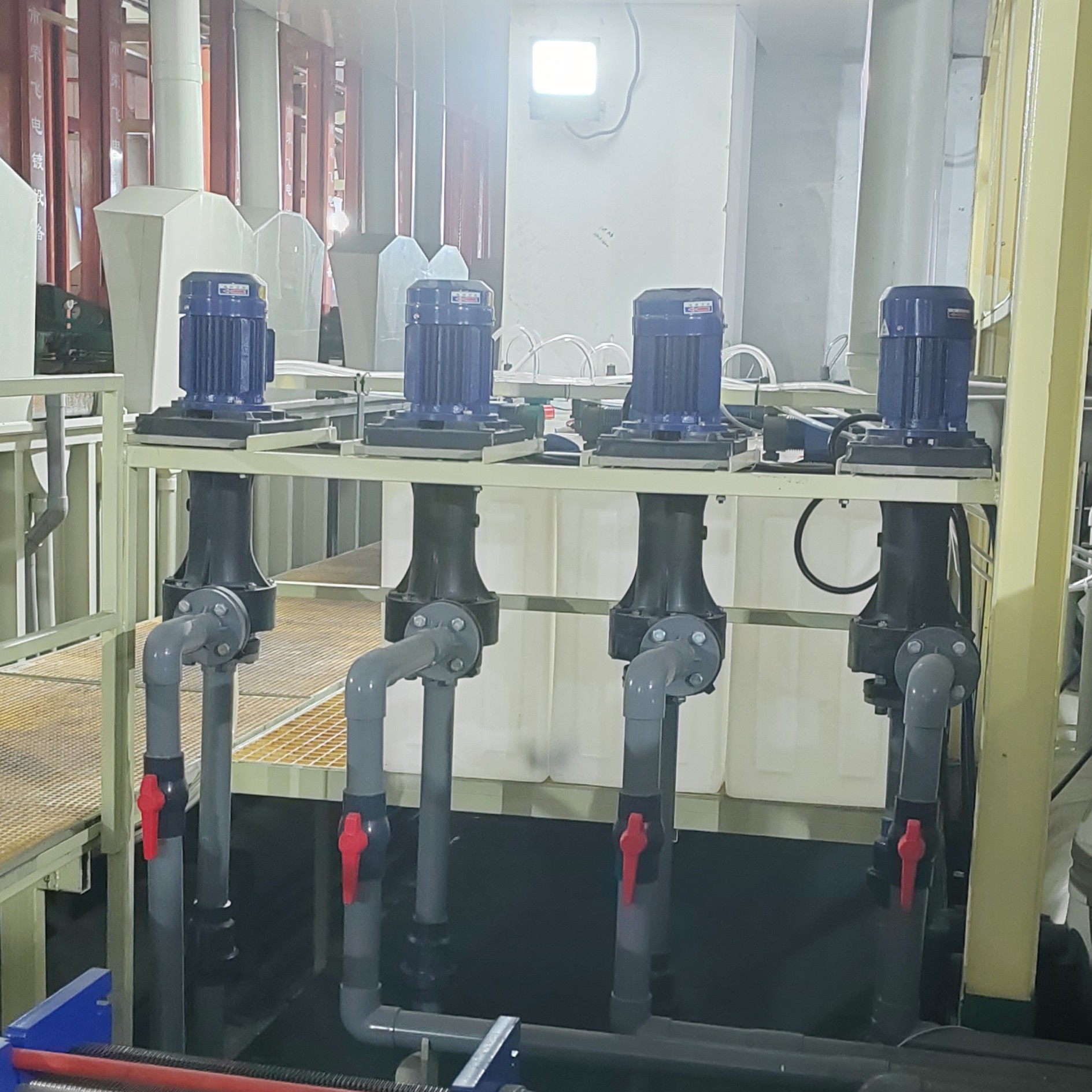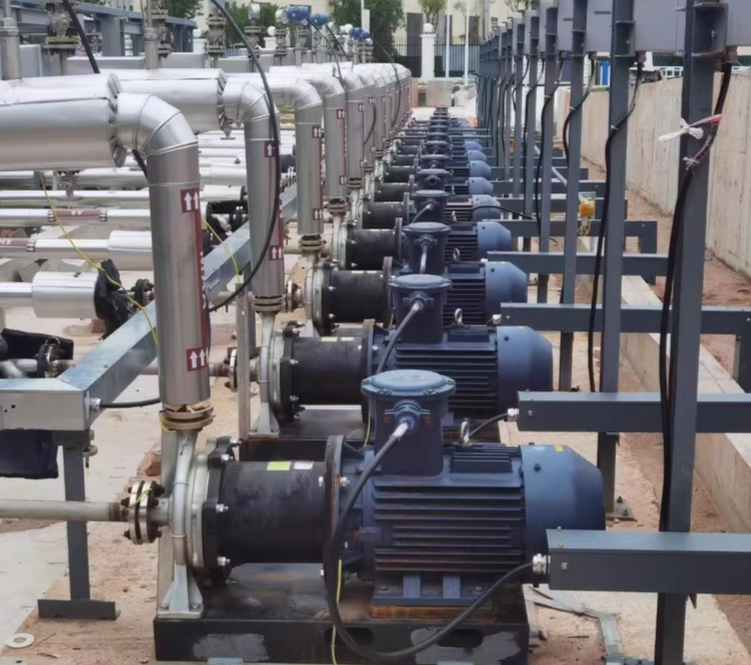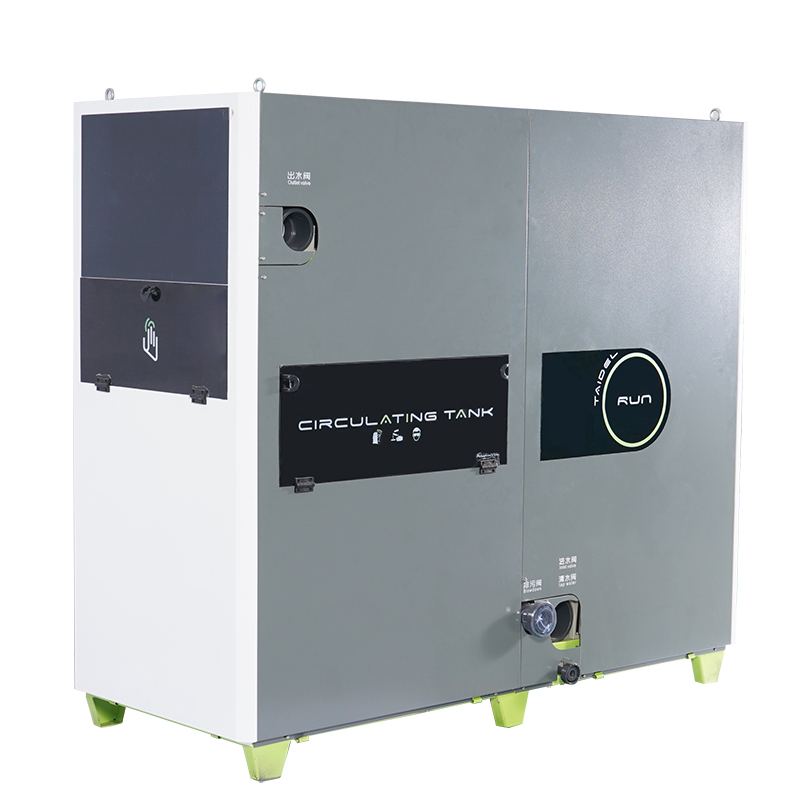Whether a vertical pump needs to be filled with water (primed) depends on its type and installation method. Below is a detailed explanation.

🚰 1. In Most Cases: Vertical Centrifugal Pumps Need Priming
Reason:
Like horizontal centrifugal pumps, most vertical centrifugal pumps do not have self-priming capability.
If air remains in the pump casing or suction pipe, the impeller cannot create enough vacuum to lift the liquid. Therefore, the pump must be completely filled with liquid before startup.
Operation Steps:
Open the air vent on top of the pump casing and fill it with liquid until water overflows from the vent.
Make sure the suction pipe is also filled with liquid.
Close the air vent and then start the pump.
Common Types:
Vertical Centrifugal Pump (e.g., ISG, IHG, YG series)
Vertical Multistage Pump (e.g., DL, LG series)
⚙️ 2. Special Cases: Some Vertical Pumps Do Not Require Priming
Certain pump designs are capable of automatic priming or continuous submersion, which means they don’t need to be filled before each start.
Vertical Self-Priming Pump
Designed with a built-in self-priming chamber and check valve;
Requires priming only the first time, then automatically retains water for future operation.
Vertical Submersible Pump
The pump body is submerged in the liquid, so priming is not necessary.
Vertical Turbine (Deep Well) Pump
The impeller operates below the liquid surface, eliminating the need for priming.
💡 3. Summary Table
| Pump Type | Priming Required | Explanation |
|---|---|---|
| Vertical Centrifugal Pump | ✅ Yes | No self-priming ability |
| Vertical Multistage Pump | ✅ Yes | Installed above liquid level |
| Vertical Self-Priming Pump | ❌ No (after first priming) | Has self-priming chamber |
| Vertical Submersible Pump | ❌ No | Pump is submerged in liquid |
| Vertical Turbine Pump | ❌ No | Impeller operates below water surface |
✅ Conclusion
In short, most vertical centrifugal pumps must be primed before starting, unless they are self-priming, submersible, or turbine-type pumps.
Proper priming ensures smooth operation, prevents cavitation, and protects the pump from dry-running damage.







